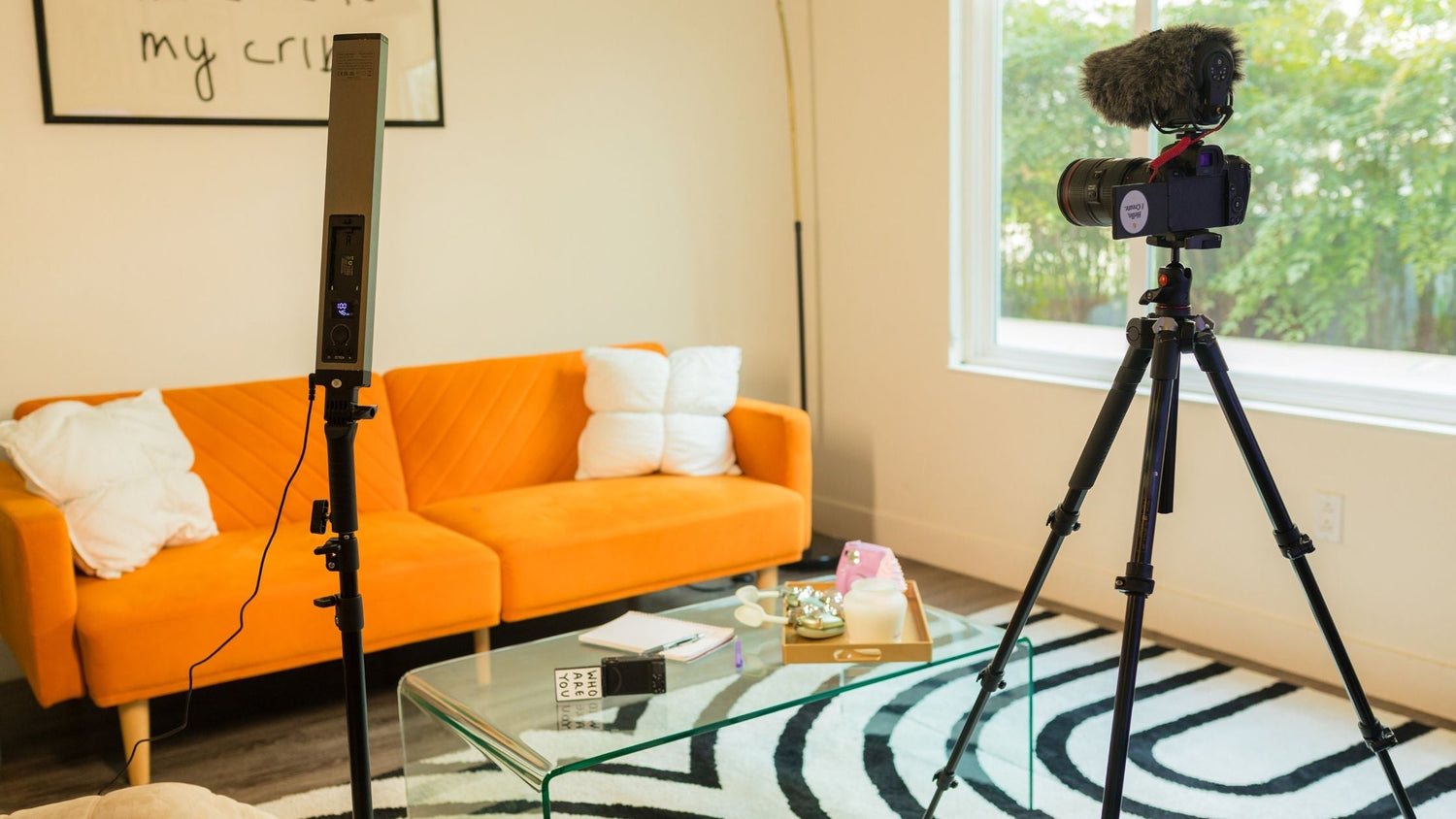Outdoor photography isn’t just about pointing your camera at a scenic view and clicking the shutter—it’s about capturing your unique perspective of the world around you. Whether you're trekking through mountain trails, exploring misty forests, or photographing sun-drenched coastlines, developing your own outdoor photography style sets your work apart and keeps your audience coming back for more.
In this post, we’ll walk you through practical tips, creative techniques, and essential gear that can help you craft a distinctive outdoor photography style from scratch. Plus, we’ll highlight a couple of tools from Oldshark that can give your shots a professional edge.
1. Find Your “Why”: Define Your Outdoor Vision
Before you dive into gear and editing presets, start with the big question: What do you want your photography to say? Some photographers aim to evoke solitude in nature, while others thrive on dynamic action shots of outdoor adventures.
Ask yourself:
-
Do you prefer wide, dramatic landscapes or intimate nature close-ups?
-
Are you more into storytelling or abstract textures and patterns?
-
What emotion do you want viewers to feel when they see your photos—serenity, awe, excitement?
Once you’ve answered these, you’ll start developing a visual identity. Think of it as the “voice” of your images.
2. Light Is Your Language: Learn to See It Differently
The way you use light will become a hallmark of your style. Outdoor lighting conditions change constantly, and knowing how to adapt is a game-changer.
Key Light Tips:
-
Golden Hour = Magic Hour: Shoot during the first hour after sunrise or the last before sunset for warm, diffused light and dramatic shadows.
-
Overcast Days Are Your Friend: Cloudy skies create a natural softbox—perfect for shooting details like foliage or wildlife without harsh contrast.
-
Backlight for Mood: Shooting with the sun behind your subject can create dreamy silhouettes or glowing rim light, ideal for storytelling shots.
Pro Tip: Use a polarizing filter to reduce glare and make skies pop. It’s a subtle tool that can dramatically elevate outdoor compositions.
3. Master Your Composition Game
A good photographer sees beyond the viewfinder. Composition turns a snapshot into visual poetry. Here are some essential techniques to help you craft stunning images.
Classic Rules That Always Work:
-
Rule of Thirds: Divide your frame into a 3x3 grid and place points of interest on the intersections.
-
Leading Lines: Use natural lines like trails, rivers, or fences to guide the viewer’s eye into the image.
-
Framing: Use trees, rocks, or arches to create a frame within the frame.
Break the Rules… But With Intention
Once you’re confident with the basics, don’t be afraid to play with symmetry, negative space, or off-center subjects. That’s where your personal style really takes flight.
4. Your Gear = Your Brush Kit (But Keep It Simple)
You don’t need a truckload of equipment to build your outdoor style—but a few smart choices can help you shoot more consistently and creatively.
Start with a Solid Camera and Lens Combo:
-
A mirrorless camera or DSLR with a weather-sealed body is ideal.
-
Pair it with a versatile zoom lens (like 24–70mm) or a prime lens for sharpness and character.
Use a Tripod for Stability and Creativity:
Want silky waterfalls, epic time-lapses, or night sky shots? You’ll need a dependable tripod.
Try This: The Oldshark Tripod is a game-changer for outdoor creators. It’s super lightweight for hikes, stable enough for windy conditions, and packs down small for easy transport. With adjustable legs and a quick-release plate, it adapts to any terrain so you never miss a shot.
5. Colors, Textures, and Mood: Find Your Signature Elements
Your outdoor style is shaped by what you’re drawn to.
Ask Yourself:
-
Do you gravitate toward bold, saturated colors or muted earthy tones?
-
Are you capturing epic landscapes or quiet close-ups of moss, bark, and leaves?
-
Do your images feel calm, dramatic, mysterious—or a mix?
Create a mood board with images you love (including your own). Over time, patterns will emerge—those are the ingredients of your signature style.
6. Don’t Just Shoot—Tell a Story
Outdoor photography isn’t just about pretty pictures. The best shots spark curiosity, emotion, or even action. One image can say:
-
“I want to go there.”
-
“This feels like peace.”
-
“That moment must have been intense.”
Consider including:
-
A human element (like a hiker in the distance) to add scale and relatability.
-
Movement, such as wind in the grass, water flow, or clouds—use longer shutter speeds to dramatize motion.
-
Juxtaposition, like wild nature meeting human artifacts (a trail sign, a tent, etc.) to create contrast.
7. Post-Processing: Bring Your Vision to Life
Editing is where your style crystallizes. It's not about fixing bad photos—it's about enhancing your vision.
Must-Know Tips:
-
Use Lightroom or Capture One for non-destructive editing.
-
Keep your editing consistent: adjust exposure, contrast, tone curve, and color grading to match your mood.
-
Save presets or profiles to speed up your workflow.
Want an edge? Add some cinematic flair with custom LUTs (Look-Up Tables) or experiment with grain and vignettes for a vintage film look.
8. Practice + Patience = Progress
Your style won’t be born in a day. It’s an evolving process—like nature itself.
What You Can Do Today:
-
Choose one local outdoor location and photograph it in different conditions (morning, golden hour, fog, etc.).
-
Challenge yourself to shoot only in black and white for a day.
-
Try using only one focal length for a week—creativity thrives with constraints.
The more you shoot, the more your instincts kick in—and soon, your style will come naturally.
9. Gear Up Smartly: One More Worthwhile Addition
Lighting isn’t just for indoor shoots. Sometimes, your outdoor scene needs a boost—especially for portraits or macro work.
Check Out: The Oldshark LED Light. It’s compact, USB-rechargeable, and provides adjustable brightness. Whether you're lighting a close-up shot of a flower or adding fill light to a shaded portrait, this little tool helps you control the scene without adding bulk to your kit.
10. Build a Portfolio That Speaks Your Style
Once your style starts taking shape, curate your best shots into a portfolio that represents your creative identity.
Where to Share:
-
Instagram for daily inspiration and feedback.
-
500px or Behance for professional visibility.
-
Your own website for total control and brand building.
Give your portfolio a cohesive visual tone. Choose a color scheme, similar editing style, or consistent subject matter to make your collection feel unified.
Final Thoughts: Your Style Is Your Story
The journey to creating your own outdoor photography style is personal, evolving, and deeply rewarding. Don’t chase trends—chase moments that feel like you. Whether you’re drawn to misty forests, glowing sunsets, or rugged mountain scenes, your perspective is your power.
So grab your camera, step outside, and start shooting. Your style is out there—waiting for you to capture it.

